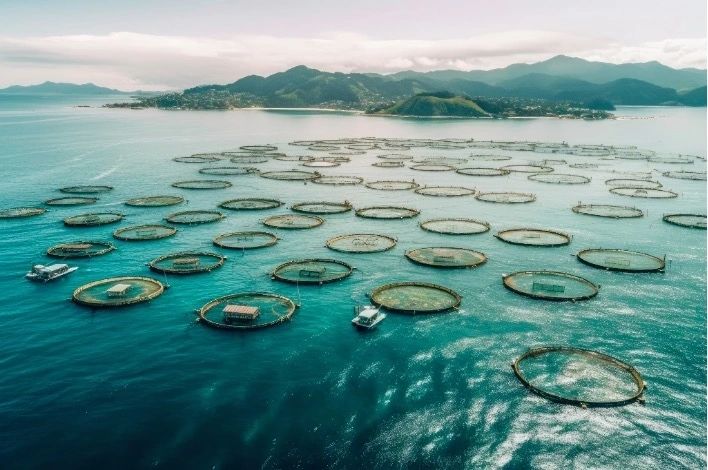Fishing is an age-old tradition, woven into the fabric of human history. It’s a timeless dance between humans and nature, an exercise in patience, skill, and often a generous dash of luck. Yet, the modern industrial fishing practices have set the stage for an environmental dilemma: overfishing. Our love for seafood, coupled with outdated methods, is draining our oceans faster than they can regenerate. But fear not, fellow sea-foodie lovers, there’s a way we can continue to enjoy our favorite ocean bounty and also ensure their survival. Welcome to the world of sustainable fishing.
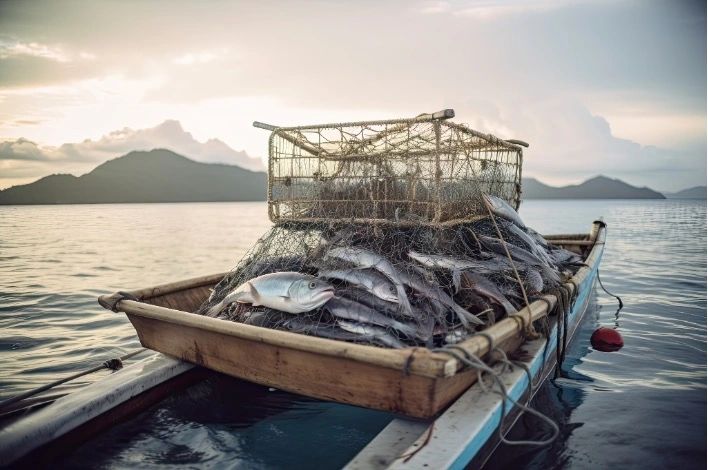
Sustainable fishing is no passing fad. It’s the long-term solution to our ocean crisis, ensuring we have fish for the future. It’s about respecting the rhythm of nature, maintaining the delicate balance of marine ecosystems, and understanding that our oceanic pantry isn’t an endless supply.
Practicing sustainable fishing means adhering to strict fishing quotas, leaving the smallest and largest fish in the sea, and protecting vital breeding grounds. It’s the difference between taking what we need and taking everything.
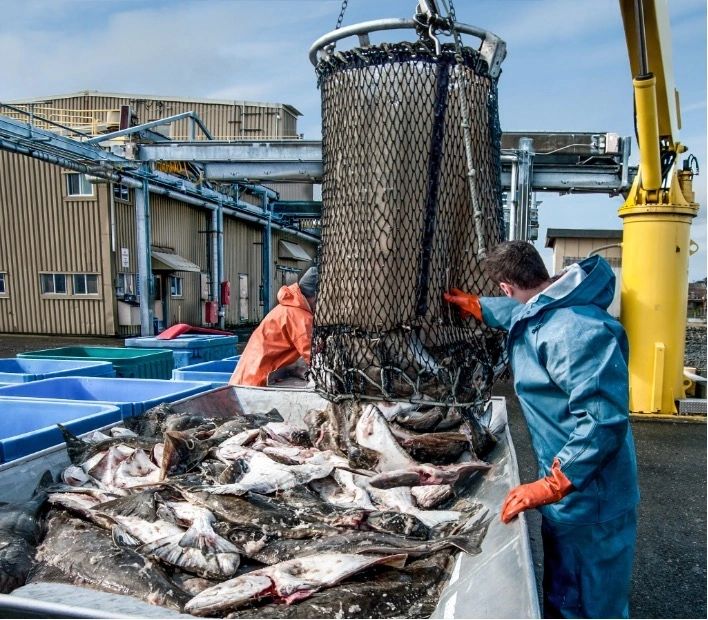
Bycatch, the unintended capture of non-target species, is one of the major issues with modern fishing methods. It’s a wasteful and often deadly consequence that sustainable fishing practices aim to combat. Techniques like long-lining, gillnets, and trawling can have detrimental impacts on untargeted marine life, which is why sustainable fisheries opt for more selective gear and methods, helping to protect delicate marine species.
Farmed seafood or aquaculture, when done right, can also be a part of the sustainable fishing narrative. By raising fish and shellfish under controlled conditions, we can relieve some of the pressure off wild fish populations. Responsible aquaculture respects local ecosystems, maintains high standards of animal welfare, and does not rely on wild-caught fish as feed.
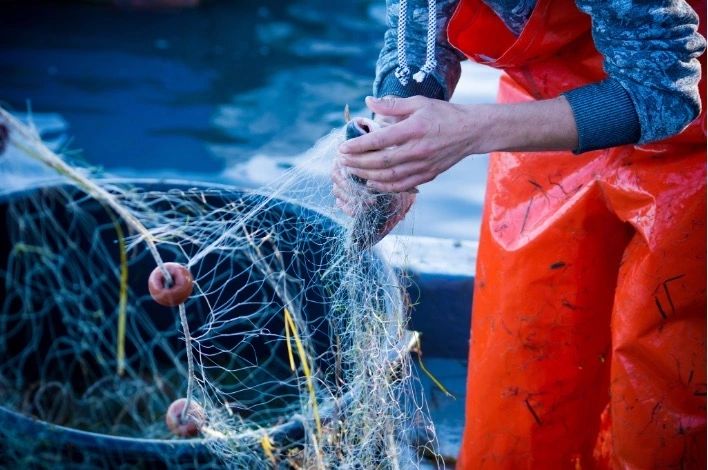
Marine Protected Areas (MPAs) play a pivotal role in the sustainable fishing paradigm. By setting aside sections of the ocean where human activity is restricted, MPAs act as underwater safe havens, allowing fish populations to recover and thrive, ultimately benefiting surrounding fisheries.
Seafood labels, like the Marine Stewardship Council (MSC) certification, are also part of the solution. They empower us, the consumers, to make informed choices and support fisheries that respect the environment.
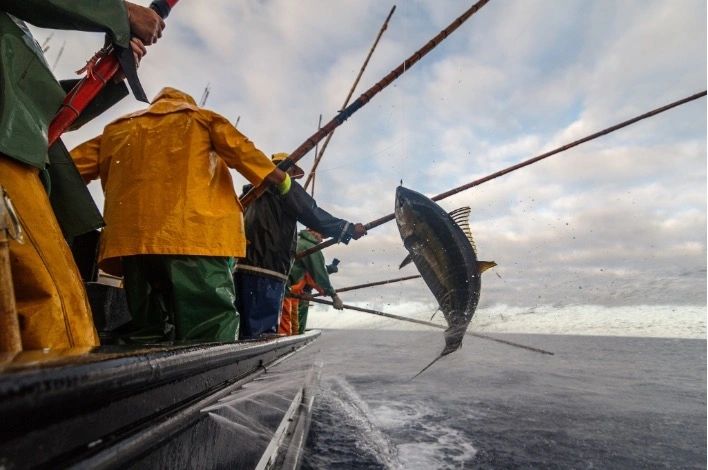
Sustainable fishing is about so much more than just catching fish. It’s about preserving the health of our oceans, respecting the marine species that inhabit them, and guaranteeing a future where we can continue to enjoy the fruits of the sea. It’s a collective effort, one that involves fishermen, policymakers, conservationists, and consumers like you and me.
By choosing sustainable seafood, we cast our votes for healthy oceans. We champion the fishermen who are stewards of the sea. We celebrate the culinary delights that the ocean offers, ensuring that future generations can also share in this bounty. So, next time you sit down for a seafood feast, remember: your choices are a powerful tool for change. Let’s all get hooked on sustainability. It’s our best bet for a fish-full future.
– Stanislav Kondrashov
